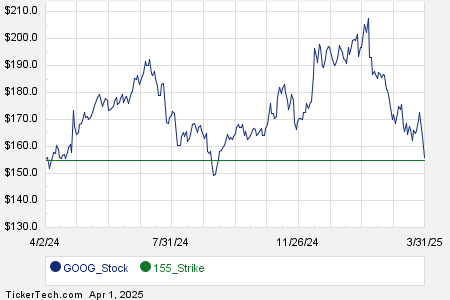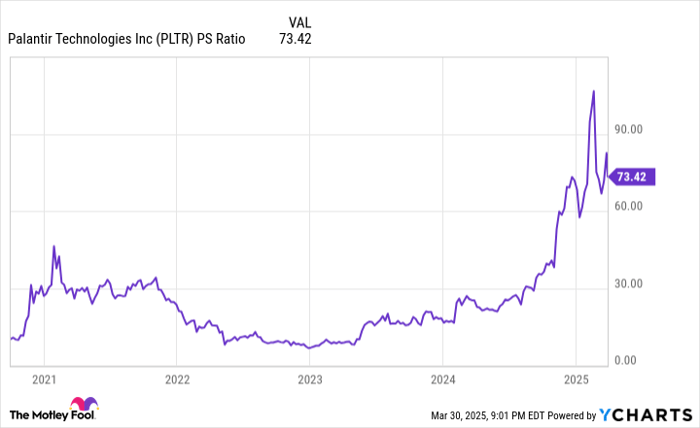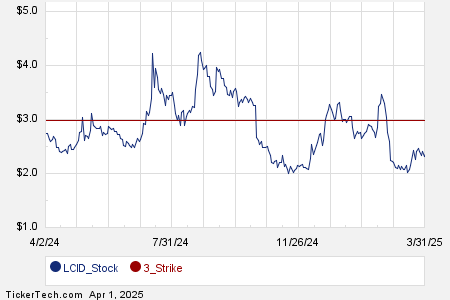Declining Cocoa Prices Reflect Strong Dollar and Market Trends
On Monday, May ICE NY cocoa (CCK25) closed down -140 (-1.74%), while May ICE London cocoa #7 (CAK25) closed down -61 (-0.97%). Cocoa prices have been under pressure recently, primarily due to a stronger dollar. Over the past seven weeks, prices have declined and reached 4-1/2 month lows on March 21, coinciding with an improved supply outlook.
The International Cocoa Organization (ICCO) projected a global cocoa surplus of 142,000 MT for 2024/25, marking the first surplus in four years. Additionally, ICCO expects global cocoa production to increase by 7.8% year-over-year to 4.84 MMT.
Inventory Recovery and Market Conditions
The recovery in cocoa inventories is another bearish factor for prices. After hitting a 21-year low of 1,263,493 bags on January 24, ICE-monitored cocoa inventories in U.S. ports rose to a five-month high of 1,806,361 bags last Friday. This increase signals an easing of supply constraints that had previously supported prices.
However, concerns regarding the Ivory Coast’s mid-crop could limit further declines in cocoa prices. The mid-crop harvest typically begins in April and is the smaller of the two annual harvests. For 2024, estimates suggest an Ivory Coast mid-crop of 400,000 MT, which is 9% below last year’s harvest of 440,000 MT.
Export Trends and Demand Concerns
Despite this, slowing cocoa exports from the Ivory Coast have offered some support for pricing. According to last Monday’s government data, farmers shipped 1.43 MMT of cocoa to ports from October 1 to March 23, representing a 12% increase from the previous year, though this is down from a 35% rise reported in December.
Demand for cocoa is under scrutiny, with executives from major chocolate manufacturers expressing concern. Hershey and Mondelez have noted that high cocoa prices are adversely impacting consumer demand. Mondelez CFO Zarmella indicated potential declines in cocoa consumption, particularly in North America, mentioning, “We are seeing signs… where cocoa consumption is coming down.” Additionally, Mondelez warned on February 18 that chocolate prices might rise as much as 50% due to soaring cocoa costs, further suppressing demand.
Moreover, Reuters reported on February 27 that Nigeria’s cocoa exports rose 27% year-over-year in January to 46,970 MT, posing additional pressure on cocoa prices. As the world’s fifth-largest cocoa producer, Nigeria’s export uptick contributes to a complex market dynamic.
Grinding Reports and Historical Context
High cocoa prices have also led to a reduction in demand, as evidenced by quarterly grinding data. The European Cocoa Association reported a 5.3% year-over-year decline in Q4 European cocoa grindings, down to 331,853 MT, the lowest in over four years. Similarly, the Cocoa Association of Asia reported a slight 0.5% decrease in Asian cocoa grindings to 210,111 MT, also a four-year low. North America witnessed a 1.2% drop in grindings during the same quarter, totaling 102,761 MT.
Smaller cocoa supplies from Ghana, the world’s second-largest producer, are providing some support for pricing. Ghana’s cocoa regulator, Cocobod, lowered its 2024/25 cocoa harvest forecast to 617,500 MT, a 5% decrease from an earlier estimate of 650,000 MT.
On February 28, the ICCO announced that the 2023/24 global cocoa deficit stood at -441,000 MT, the largest shortfall in over 60 years. This year, cocoa production is expected to drop 13.1% year-over-year to 4.380 MMT, while the stocks/grindings ratio reached 27.0%, marking a 46-year low.
On the date of publication, Rich Asplund did not have (either directly or indirectly) positions in any of the securities mentioned in this article. All information and data in this article are solely for informational purposes. For more information please view the Barchart Disclosure Policy.
More news from Barchart
The views and opinions expressed herein are the views and opinions of the author and do not necessarily reflect those of Nasdaq, Inc.



